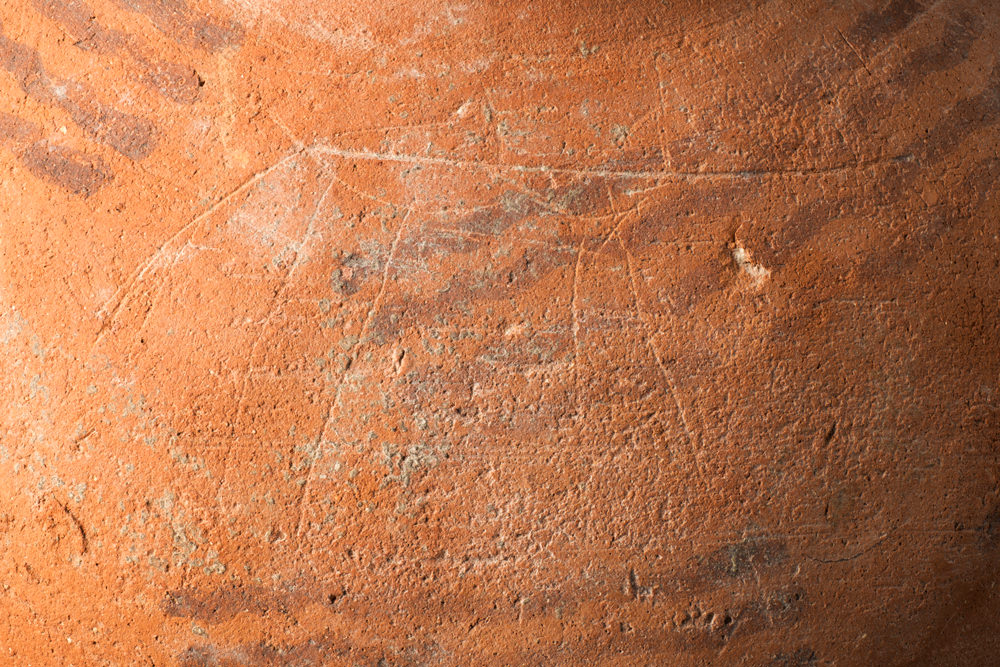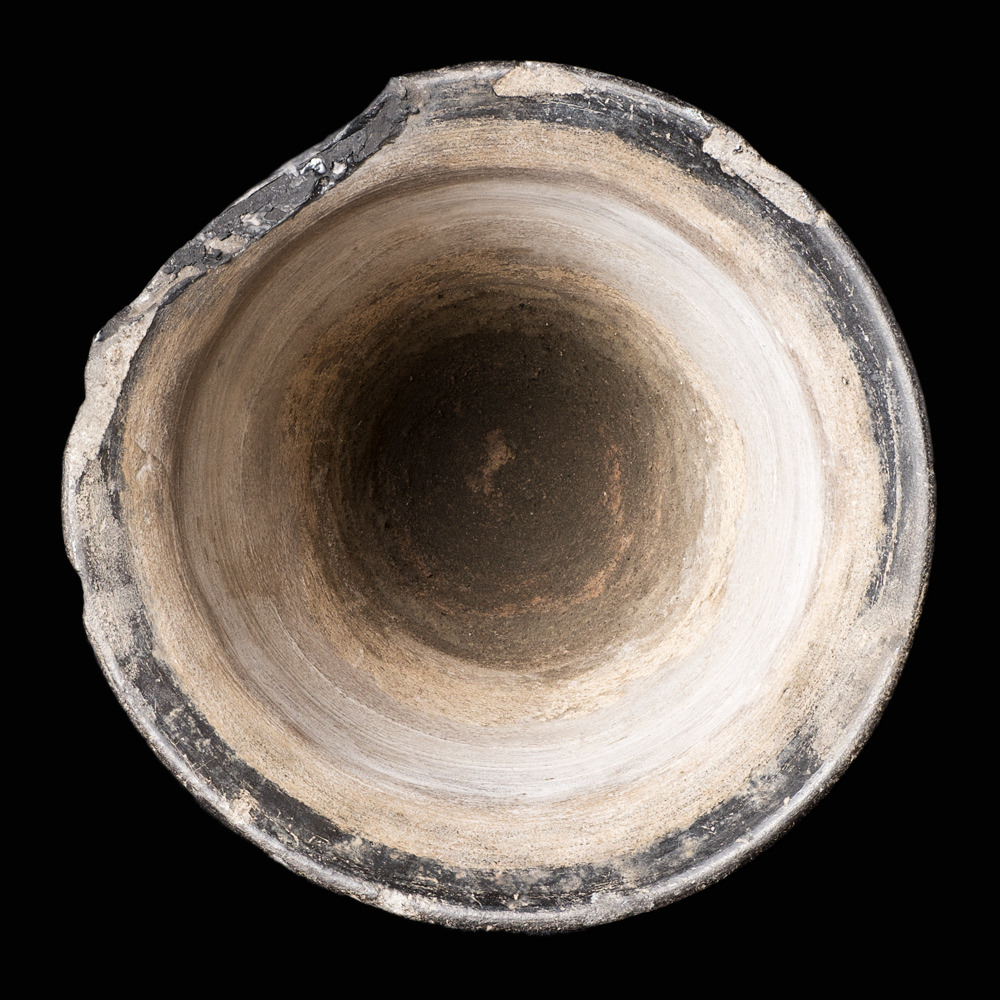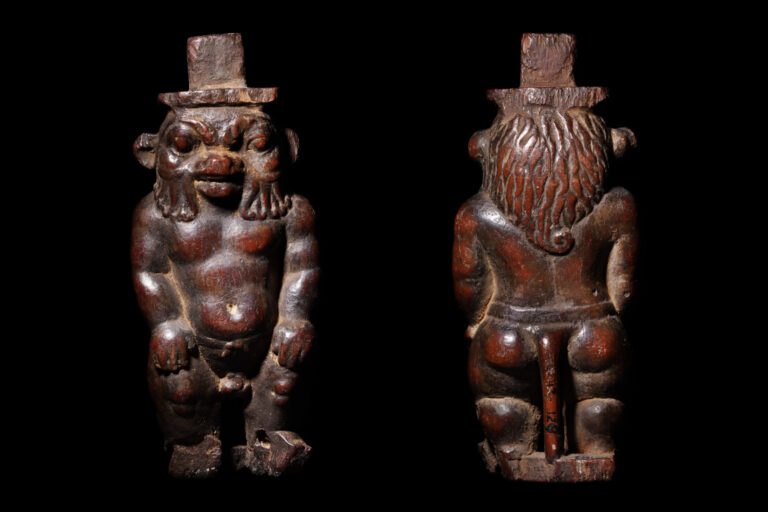Travelling back to the time before the pharaohs: the Predynastic Period
So, it’s a new year and I have a new project to get working on at the Garstang (hooray!). The museum’s next exhibition is planned for 2019 and shifts right back to the Predynastic Period; the time before the pharaohs. I don’t yet know what the detailed theme of the exhibition will be, though it is early days. What I do know, however, is that there’s a lot for me to be photographing, so my work’s already begun in earnest.
What is the Predynastic Period?
If you’re not familiar with the chronology of Egyptian history, here’s a (very) quick primer on the Predynastic Period. If you want to read more, I’d recommend John Romer’s A History of Ancient Egypt: from the First Farmers to the Great Pyramid, which is a beautifully written, accessible book.
The time
Way back in time, around 5000 BC, small tribes of people left their home in the Sahara to settle in the Nile valley. For the previous 5000 years, the Sahara had been a good home to them; fertile and lush because of the frequent monsoons that fell.
When the rains ceased, and the Sahara began to turn into desert, its dwellers upped sticks and moved to the Nile valley. Here, they could take advantage of the annual flooding of the Nile valley, which washed silt down from the Ethiopian mountains, fertilising the land and allowing the people to start growing crops.
Over time, these small tribes grew larger, teaming up to build irrigation systems for the fields, until two distinct cultural regions had developed by around 4000 BC; one in the north of Egypt, the other in the south.
Within another 500 years, the culture of the south, known as the Naqada culture (after the settlement at Naqada), had spread throughout the country, superseding the northern culture. This led to the eventual unification, around 3100 BC, of the ‘two lands’ under one ruler: the pharaoh.
(One of the titles used by the pharaoh throughout Egyptian history, ‘King of Upper and Lower Egypt’, refers back to this early unification.)
This was the Predynastic Period: the time before the dynastic pharaohs.
The culture
The art and culture of the Predynastic Period is often very different to what most people are familiar with. The classic Egyptian style of later times – that immediately recognisable way of depicting people, and their sometimes crazy-looking pantheon of gods – had not yet been developed. And, unlike the rest of ancient Egyptian history, there was no written record to work with. The earliest writing found (so far) dates to around 3100 BC, and was on small rectangular pieces of ivory or ebony labelling goods in the graves of the rich.

Instead, Egyptologists have to do what anyone studying a pre-writing culture does: work it out as best you can from the archaeological record.
We have an overwhelming amount of vessels, both stone and ceramic. These vessels were prolific because they were used every day by every one. They stored food in them; they brewed beer in them; they kept oils and powders in them. Anything that needed storing was generally done so in a ceramic or stone vessel.
Some of the styles are very distinct, such as black-topped redware:

And the classic, instantly recognisable buff-coloured ceramics with the most wonderful decorations in red paint:

Other commonly found objects include:
- cosmetic palettes made from siltstone, which the Egyptians would carve into the shape of animals. The Egyptians used these palettes for mixing cosmetics to put on their faces. Some of the most famous palettes such as the Narmer Palette and Hunters’ Palette are huge and would have been used for ceremonial purposes
- clay figurines
- stone and flint tools
- beads and jewellry

My job for the upcoming exhibition at the Garstang is to photograph lots of these objects.
The photography
It’s early days with the photography, and there’s so much to do. I don’t even know yet all the objects I’ll be working with.
This time, we’re hoping to create a range of merchandise to go accompany the exhibition, including fridge magnets, prints and even a book. Because of this, I’m not just creating a few images to accentuate the exhibition. I need to photograph as many of the items going into the exhibition as I can, and possibly more. I’m really very excited about it!
So far, I’ve been photographing ceramic vessels, which has been a lot more fun than I initially thought. In some ways, it’s very different to the photography I did for the Book of the Dead exhibition.
For the Book of the Dead, I was mostly picking out details from pages of papyri as well as photographing amulets and shabtis. The pots I’ve been photographing so far are bigger and much more rotund. There’s a lot of focus stacking to do, and there’s not a shred of papyrus in sight.
There’ll be a few other new challenges ahead, such as photographing palettes and flint tools, which I’m definitely looking forward to.
Keeping it ‘macro’
One of things I’ve been doing with the pots, which is a lot of fun, is finding interesting details and zooming in on them with the macro lens. I focussed on some interesting marks on this red jar, for instance.
The first picture shows two marks on the neck of which were made pre-firing. Are they intentional maker’s marks…?
The second photo shows scratch marks on the surface of the jar. Ancient or modern, I’m not sure, but they’re interesting and should be looked at carefully.


I highlighted the texture and cracks in the surface of this fab little spotty-painted buff pot:

I started going a bit abstract with this image of the inside of a piece of black-topped redware:

I’ve even been able to squeeze in a bit of amulet photography with this fab little ivory animal head:

It can be easy to gloss over pots in display cases, especially when there’s a lot of them, or you’re not familiar with their meaning to history. I know I do sometimes. I hope my photography of these five-thousand-year-old pieces will help people stop and consider them a little longer and find new ways to enjoy them.

Thank you for taking the time to read this article. If you’ve enjoyed it and would like to support me, you can like/comment, share it on your favourite social media channel, or forward it to a friend.
If you’d like to receive future articles directly to your inbox you can sign up using the link below:
If you feel able to support me financially, you can:
- become a patron of my photography by subscribing for £3.50 a month or £35.00 a year
- gift a subscription to a friend or family member
- or you can tip me by buying me a virtual hot chocolate (I’m not a coffee drinker, but load a hot chocolate with cream and marshmallows, and you’ll make me a happy bunny …)
With gratitude and love,
Julia
Unless otherwise credited, all photos in this post are © Julia Thorne. If you’d like to use any of my photos in a lecture, presentation or blog post, please don’t just take them; drop me an email via my contact page. If you share them on social media, please link back to this site or to one of my social media accounts. Thanks!






